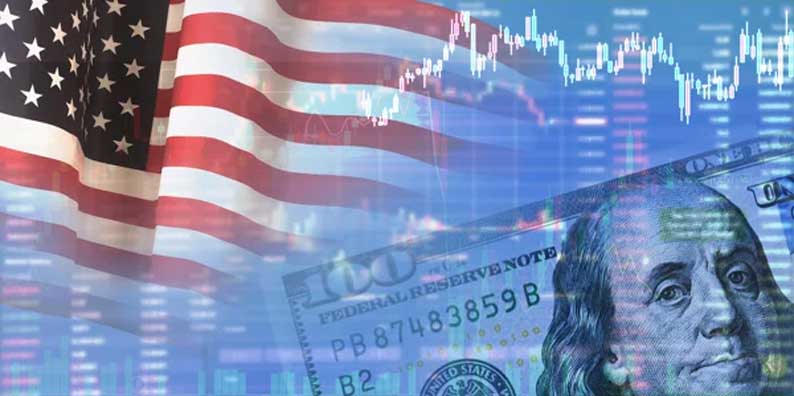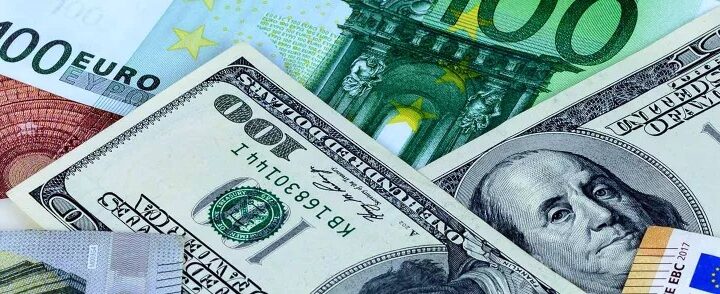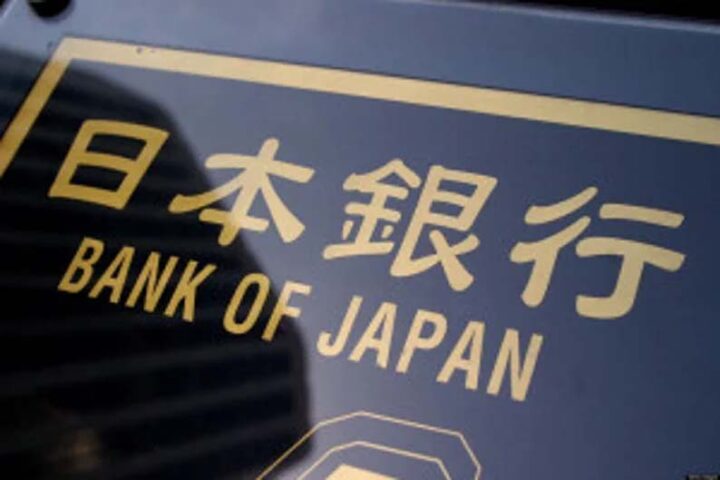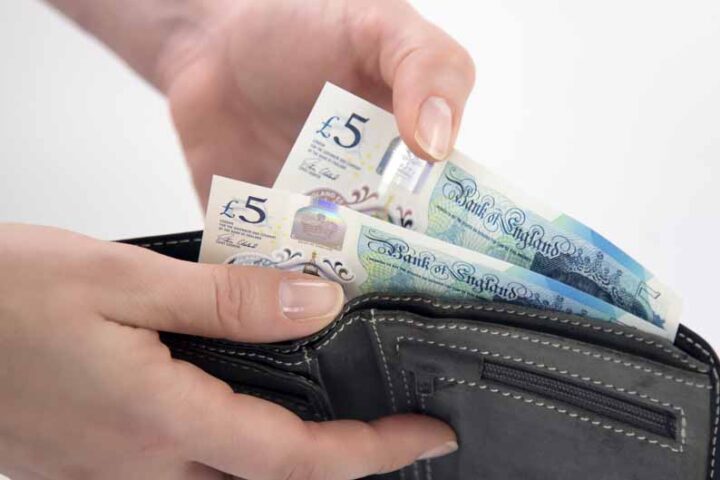The euro-dollar currency pair moved higher to near 1.1250 during European trading hours on Wednesday, extending Tuesday’s gains.
The EURUSD has attracted significant bids at the expense of the dollar, with the DXY Dollar Index – which gauges the greenback’s value against six major currencies – extending its retracement from the monthly high of 102.00 to around 100.50.
The US dollar suffers as President Donald Trump criticised the Federal Reserve again for not lowering interest rates after the release of the softer-than-expected Consumer Price Index (CPI) data for April on Tuesday. The data showed that the headline CPI rose by 2.3%, the lowest level in over four years.
“No Inflation, and Prices of Gasoline, Energy, Groceries, and practically everything else, are DOWN!!! THE FED must lower the RATE, like Europe and China have done,” Trump said in a post on Truth Social and added: “What is wrong with Too Late Powell? Not fair to America, which is ready to blossom? Just let it all happen, it will be a beautiful thing!”.
Despite slowing inflationary pressures and calls for interest rate cuts from President Trump, traders have not pared bets supporting the Fed to cut borrowing rates before the September policy meeting.
According to the CME FedWatch tool, the probability of the Fed keeping interest rates steady in the range of 4.25%-4.50% in July is marginally down to 63.3% from 65.1% seen on Tuesday.
It seems that an improvement in the US economic outlook due to the agreement with China for a temporary trade truce has absorbed the impact of cooling inflationary pressures. On Monday, the US and China agreed to avert a full-blown trade war and lowered tariffs by 115 percentage points.
The euro trades higher against its peers, except the Japanese Yen, on Wednesday.
The major currency performs strongly even though European Central Bank officials continue to stress the need to reduce interest rates further amid increasing confidence that US tariff policies will not increase Eurozone inflation. Theoretically, lower interest rates by the ECB bode poorly for the euro.
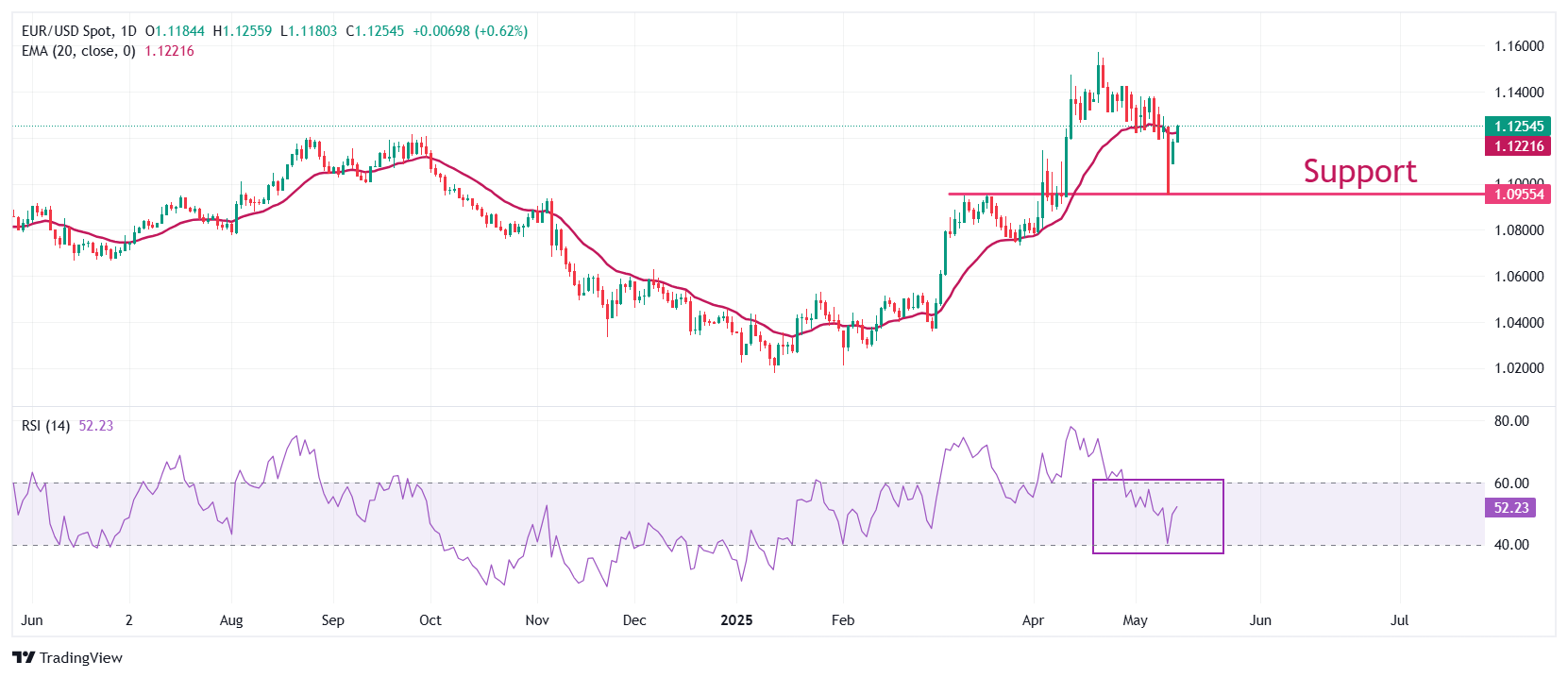
EURUSD chart by TradingView
(Source: OANDA)

